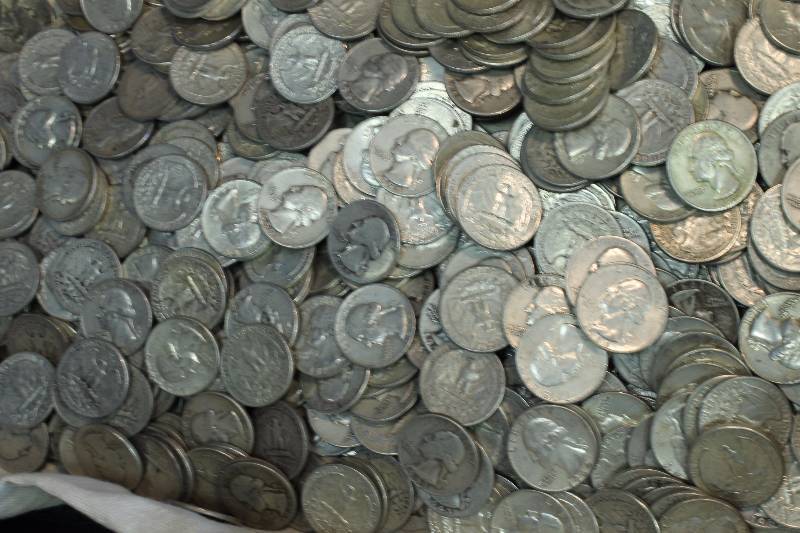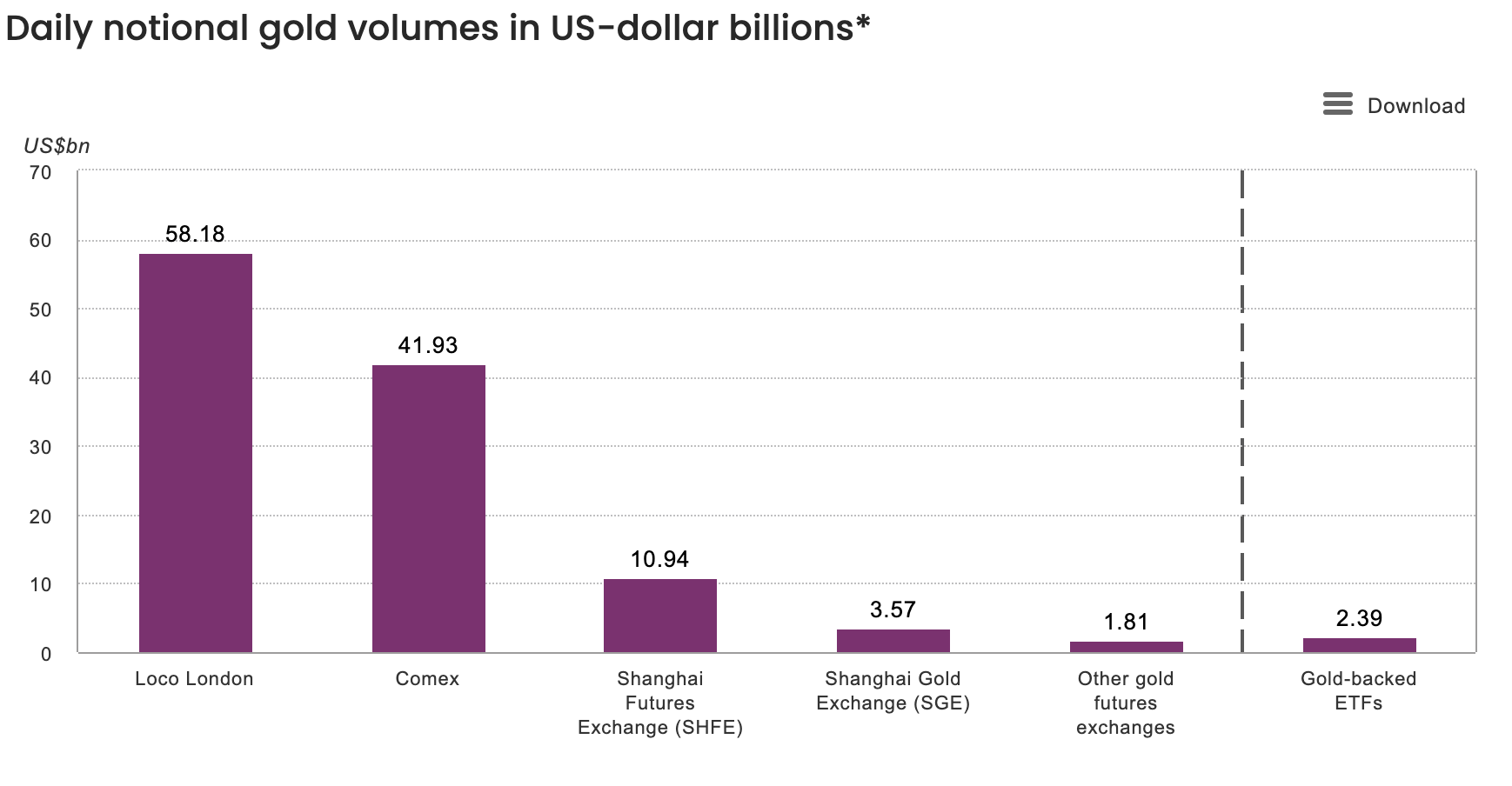Demand for Silver Eagles Spikes, Along with Premiums
The US Mint continues to be slow and unable to meet investor demand.
The failures of the Mint and their planchet suppliers have led directly to significant increases in dealer premiums in recent weeks. This week, the lowest dealer premium for silver eagles is more than 60% over spot price.
Some dealers, such as APMEX and JM Bullion are currently selling silver eagles with premiums at over 88% above spot price.


